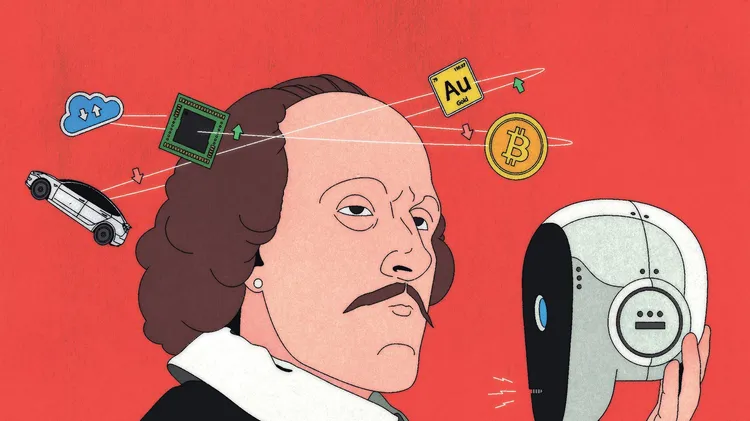Investors should treat indices’ Cape ratios with caution, sa
Are markets cheap or expensive?
3 min read
This article is from...
Read this article and 8000+ more magazines and newspapers on Readly






